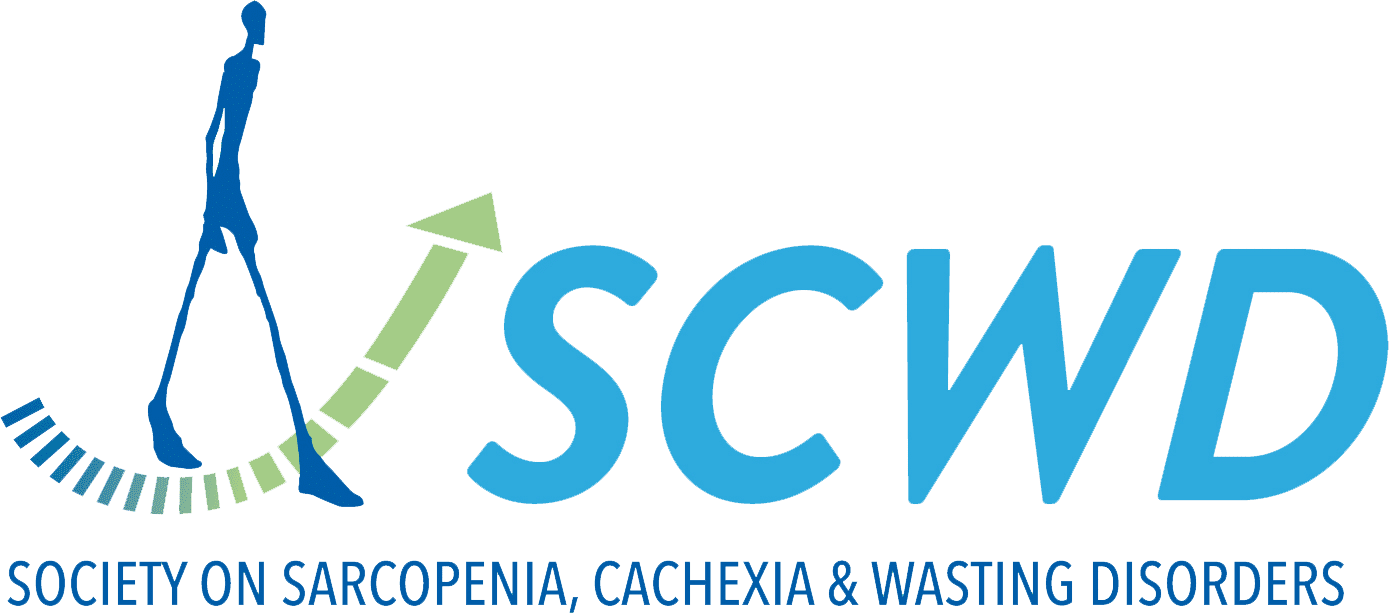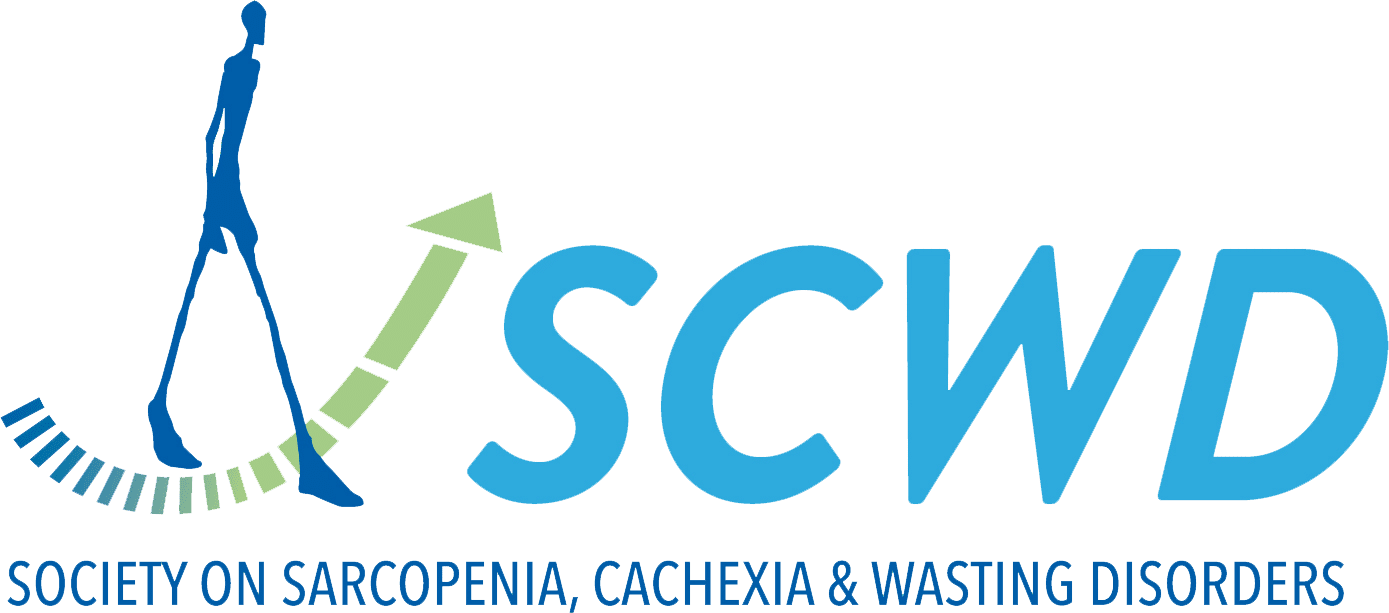Plasma brain-derived neurotrophic factor concentrations are elevated in community-dwelling adults with sarcopenia.
The scalability of a blood-based sarcopenia assessment has generated interest in circulating markers that may enhance management strategies. Data regarding the relevance of brain derived neurotrophic factor (BDNF), a regulator of neuroplasticity, to sarcopenia in community-dwelling adults are scarce.
We examined the association between plasma BDNF concentrations, sarcopenia and individual sarcopenia signatures in a well-characterised adult cohort. Participants included 246 men and women aged 50-82 years (mean age = 63.6 years; 52% female).
Muscle strength and skeletal muscle index (SMI) were assessed by hand dynamometry and dual-energy X-ray absorptiometry. Plasma BDNF concentrations were determined, in duplicate, with commercially available enzyme-linked immunosorbent assays.
Sarcopenia and individual signatures of sarcopenia (i.e. low grip strength or low SMI) were diagnosed according to the EWGSOP2 algorithm.
Plasma BDNF concentrations were 47.6% higher in participants with sarcopenia than controls (P = 0.005), and demonstrated acceptable diagnostic accuracy (areas under the curves = 0.702, 95%CI = 0.597-0.806, P = 0.002, optimal cut-off >1645 pg/ml). Plasma BDNF concentration >1645 pg/ml was associated with 2.83 greater odds for sarcopenia (95%CI = 1.13-7.11, P = 0.027), than ≤1645 pg/ml, whilst a BDNF Z-score ≥2 was associated with 5.14 higher odds for sarcopenia (95%CI = 1.16-22.82, P = 0.031), than a Z-score <1.
Covariates included sex, age, body mass index, habitual physical activity, smoking status, alcohol consumption, comorbidity and educational attainment. Circulating BDNF concentrations are elevated in community-dwelling men and women with sarcopenia, which may reflect increased neuromuscular remodelling in these people.
Our findings complement existing data, supporting the presence of an intricate relationship between neural integrity and skeletal muscle health. Future studies are needed to establish the mechanistic pathways that may underpin the associations.


